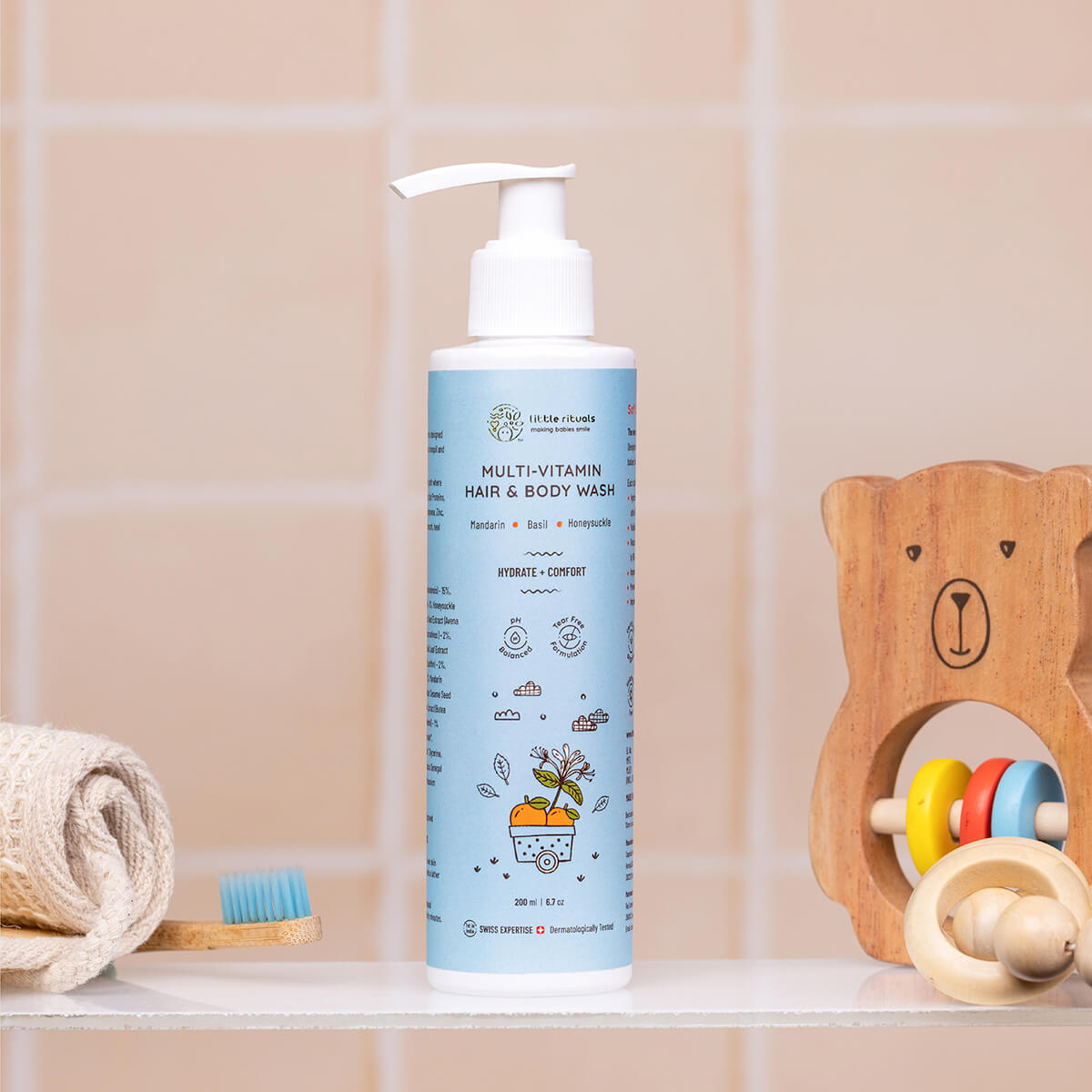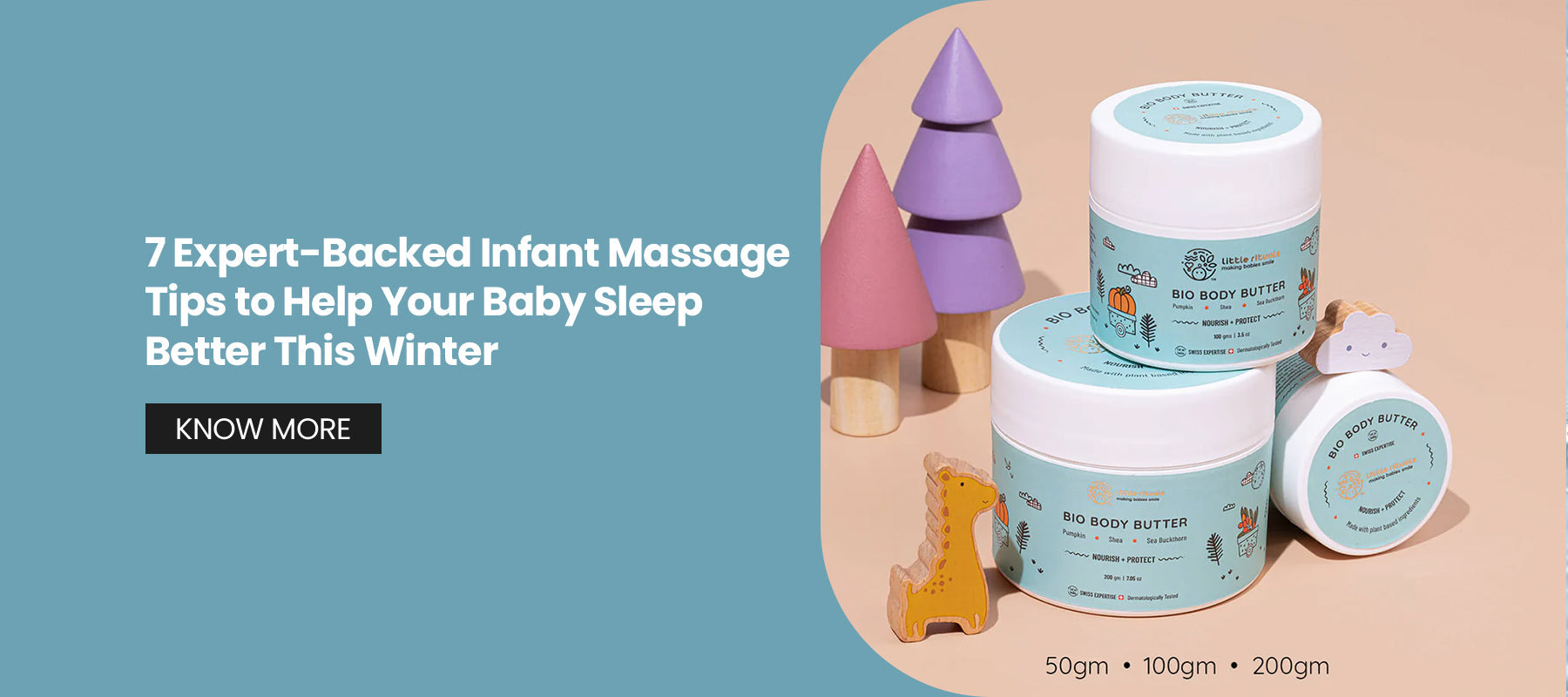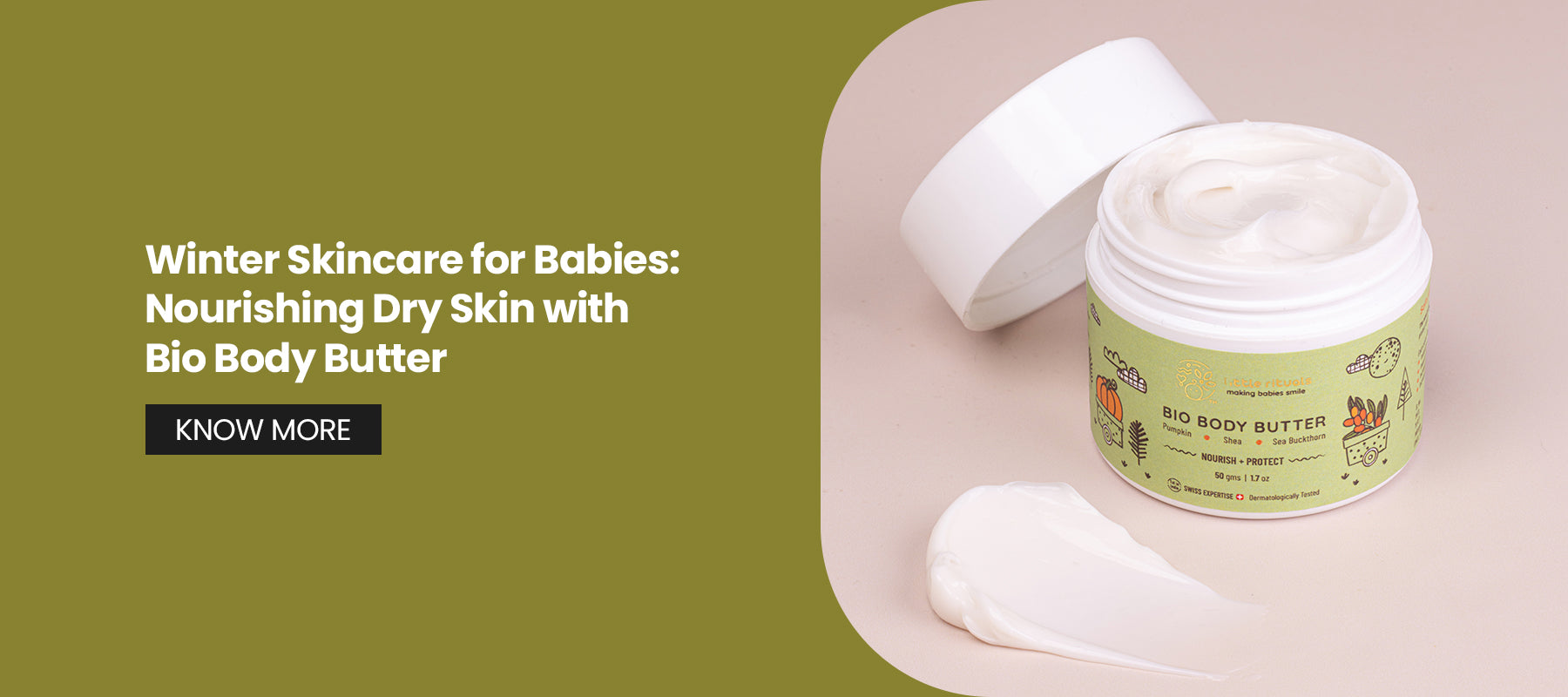
Feeding Time for Newborns: Understanding Your Baby's Hunger Signals
Have you ever worried about what you might be missing or what your baby's hunger cues are? Understanding your baby's signs of hunger is like picking up a new language; it's delicate, occasionally perplexing, but immensely satisfying. By being aware of these signs, you can feed your infant before they get too hungry, cranky, or upset, which improves the feeding experience. This information is intended to help you understand the cues your baby uses to express their hunger, regardless of whether you are breastfeeding, formula-feeding, or a combination of the two.

What are familiar hunger cues or signs a baby is hungry?
Your infant is probably already quite hungry (and angry) by the time they start to cry. In newborns, crying is typically a delayed indicator of hunger. Babies usually use a variety of baby feeding cues to calmly indicate when they need to be fed before they cry. It is important for you to learn how to recognize when your baby is hungry. Your baby may show these early signs of hunger:
Early Hunger Cues:
When your baby is hungry, he is unlikely to extend his hand and request the breast or bottle. However, a few early warning signs to watch out for might indicate he needs to be fed. Wakefulness from sleep, stirring, head-turning, lip smacking, mouth opening and closing, and rooting or seeking the breast are all signs of hunger. For those who are new parents, the rooting response is the infant's innate propensity to turn his head in the direction of the stimulation and produce mouth movements that resemble sucking when his lips or cheeks are touched. This is an instinctive behavior that facilitates nursing. Offer the breast or a bottle if the baby exhibits these signs.
Mid-Hunger Cues:
The second set of more active baby hunger signals could be more evident if you miss the first set, which is easy to do when first learning. Increased physical movement, such as fidgeting, stretching, rooting around the chest of the person holding them, positioning themselves for nursing, fussing, rapid breathing, or putting their hand, toy, clothing, or pretty much anything in their mouth, are signs that a baby is starting to feel frustrated and hungry. As soon as your baby reaches this point of hunger, feed them a bottle or the breast.

Must Read: Gentle and Safe – Expert Tips for Moisturizing Your Baby’s Thinner Skin
Late Hunger Cues:
It becomes more complicated when reacting to late baby hunger signals. At some point, every new parent has had to calm a crying infant because they failed to notice the early and mid-cues. Your baby will start to cry, move their head wildly from side to side, get crimson, and exhibit other symptoms of agitation and discomfort if they have reached this stage of frustration and hunger. To ensure a successful breastfeeding or bottle-feeding experience, you must soothe your infant before feeding them. Try rocking, bouncing, singing to your baby, wearing him, caressing him, making skin-to-skin contact, or even taking a warm bath together to help him relax. Offer the breast or bottle as soon as your baby has calmed down. Even the most attentive parent will probably experience this stage of hunger occasionally, but you want to do everything you can to prevent it.
The infant is more likely to have a bad latch, feel highly exhausted, eat less, and wake up earlier for the next feeding after he has reached this stage of agitation. Allowing your infant to experience this level of hunger and misery regularly might lead to poor connection and feeding issues. When in doubt, feed the baby. This is a decent rule of thumb in the early stages. Offering the breast to a breastfed infant often, for comfort as much as hunger, can only help you produce more milk and build a solid, enduring relationship with your child. One of the best ways to foster your attachment and develop your bond with your bottle-fed baby is to feed them with love and attention.
Tips for Successful Feeding
Create a Calm Feeding Environment:
Find a quiet and cozy place to feed your baby. This helps you both focus and enjoy the moment without distractions.
Skin-to-Skin Contact
Holding your baby against your skin can soothe them and help with feeding. It also keeps them warm and enables you to bond.
Comfortable Positioning
Make sure you and your baby are comfortable during feeding. It would help if you tried different positions to find what feels best for both of you.
Stay Hydrated and Nourished
If you breastfeed, drink plenty of water and eat healthy snacks. Keep these nearby, especially during late-night feeds.

The Importance of Feeding-Safe Baby Products
Safety when feeding your infant extends beyond the actual feeding process and includes the products you use. From bottles to pacifiers, you must choose feeding-safe products for your baby's health. Low-quality materials or hidden contaminants may put your infant at needless risk.
We at Little Rituals are honored to be Asia's first baby care brand to receive the MADE SAFE USA certification. With this accreditation, parents may rest easy knowing that our products are free of more than 6,500 dangerous chemicals and poisons. There is no space for compromise when it comes to your child.
How Often Should You Feed Your Baby?
You can manage infant life more effectively if you know how often to feed your baby! Although a newborn's feeding schedule might vary greatly, the following general rules can be helpful:
Newborns (0-2 Months):
Frequency:
Newborns usually eat every two to three hours or eight to twelve times in 24 hours. Feeding helps them grow strong and healthy, even though it is a lot!
Duration:
Each feeding session can last 20 to 45 minutes, though this can change based on the mother's milk supply and the baby's needs. Your baby will let you know when it is full, so just follow its lead.
Infants (2-6 Months):
Frequency:
Babies' growing stomachs can hold more milk, which could enable them to skip meals for longer. You may generally see a feeding schedule of three to four hours apart.
Duration:
Since your kid is getting good at eating, this can go by faster!
Older Infants (6-12 Months):
Frequency:
At this age, newborns often follow a more regular eating schedule, consuming four to five meals every twenty-four hours.
Solids Introduction:
When solid meals are given at six months, the frequency of milk feeds may naturally decrease. Milk still plays a significant role in their diet, though.

Final Thoughts: Embrace Feeding Time as a Ritual of Love
More than simply providing for your infant's needs, feeding time fosters a relationship based on love, care, and trust. You're setting the stage for your baby's health and happiness by being aware of your baby's feeding cues, selecting safe items, and maintaining a hygienic feeding environment.
With products that adhere to strict safety regulations, such as our MADE SAFE USA certification, Little Rituals is here to help you every step of the way. Let's work together to turn feeding time into a minor custom that honors the fantastic adventure that is motherhood.














